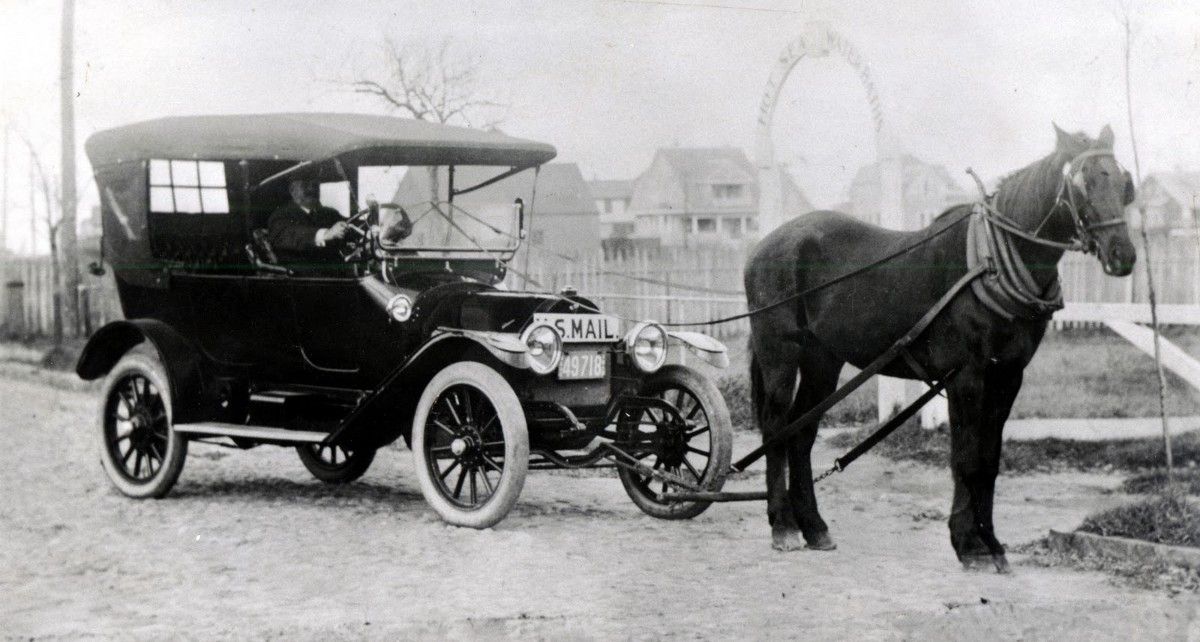Being in the right room : Sales in startups is just an extension of your early research
Startup founders often feel driven to focus on short term numbers and sell product at all costs. They should instead be focused on generating validated learning - and that requires a specific type of sales person.

It’s all about the unmet need
My friend Adrian Endersby taught me my very first lesson about sales.
Sat outside a Soho pub back in 2004, he recounted to me a pitch he’d just run in the Middle East (at the time he’d been working for a real estate investment company):
“I’m sat in this room and we’re pitching for this big apartment and mall investment to investors in Dubai. It’s going pretty well, people are smiling and nodding as we lay out the points.
Suddenly, this new guy appears. He’s really aggressive. He keeps talking us down and talking up a competing firm - and by the looks on the faces of others in the room, it’s starting to work”
Later, Adrian would come to understand that the belligerent newcomer had a massive vested interest in the competitor - but right then, sat in that room, it was a huge blow to the momentum they’d built - and he felt powerless to stop it.
As he sat listening to this bad cop’s diatribe however, Adrian astutely realised that the comparison being made was not entirely apples for apples. The reality was that the competitor he was praising sold a similar product but which satisfied a slightly different need to their own.
Instead of getting defensive, he reframed the narrative and agreed:
“Actually, you’re spot on. Those guys are really great - I was really impressed with their latest Abu Dhabi project. They won an award for that! Of course though, they’re doing something different to us. We sell investments that allow you to switch or pull your money at any time, so its good if you have a need for flexibility. They sell investments that lock you in for a minimum of ten years - but can deliver even higher returns if you can sacrifice that flexibility”
In a stroke, the bad cop was deflated. The wind taken from his sails, he sat quietly stewing for the rest of the meeting.
The genius of this approach is that it doesn’t require bad mouthing of others and it relies fundamentally on the truth. If the customer has the raw need you solve then they should buy your product - if they have a raw need solved by another company’s product then they should buy that one instead.
Importantly, Adrian didn’t use his charm or intellect to try and persuade the customer that they really did have the raw need that his product solved.
Ice to eskimos
This isn’t the approach most people think of when they imagine a great salesman.
Instead, they imagine the “can sell ice to eskimos” profile. Someone who will dive in, deflecting and side stepping the customer's arguments until the only possible course of action for the customer is to accept.
These people exist, I’ve seen them in action. It’s impressive, really impressive. In the right context, once your product is proven and scaling is the goal, they can be major profit drivers. It’s also the last thing you want if you’re launching a new product.
Why? Surely the increased revenue enabled by such people would be welcome?
No. The only goal that really matters when we launch a new product is validated learning - the type of learning that enables you to double down on a successful concept or fail fast and pivot. Is the market validating our product/market fit or are our advances met with silence and tumbleweed?
A “great” salesman in the traditional framing will not deliver this. They’ll convince customers to sign up that simply don’t have the unmet raw need that the product solves.
Those customers will churn. Maybe not tomorrow, maybe not next week, but churn they will (or worse still they will linger, paying but not using the product, making your data cloudy and impossible to analyse).
All the salesman has actually done is punted the validated learning further down the road for you.
Be in the right room
As Alex Saroian, a man at the top of his game and currently Sales Director at headless ecommerce platform Elastic Path told me: “My nightmare is when I sit down in the pitch and realise the customer simply doesn’t need what we’re selling. All that effort put in for preparation, only to realise I’m in the wrong room.”
For a new venture, understanding whether you’re in the right room - ensuring the transaction clearly demonstrates market fit (or helps disproves it) is the imperative.
“Ultimately”, continues Alex, “it means I’ve had a failure in qualifying the customer. Like a Doctor prescribing drugs based on the patient’s internet search diagnosis, I’ve spent too long listening to what they say they need and not long enough digging below the surface to find out what they really need”.
It’s a clear risk in Alex’s space: Headless platforms, built on top of micro service architectures, get CTOs and CIOs excited - There’s a lot of sellable buzz words in there that people think they need.
As Alex says: “In 2020 nobody got fired for buying a micro-services product, but that doesn’t mean ours solves the actual challenges they face”
Say-do gap
If you think Alex’s approach sounds very similar to early customer interviews - where we use ethnographic techniques to bridge the “say-do” gap and understand what customers really need vs what they say they need then you’d be right.
Henry Ford once said: “If I’d asked people what they wanted, they would have said faster horses” - and things haven’t got much better since. Uncovering the real, raw, unmet needs of our customers still requires much more than just listening to what they say.
We need to look at what they do and the underlying, personal story beneath their decisions.

(*) As I have often been told when I bring this quote up, it transpires Henry Ford probably did not, in fact say this. I don’t care - the message behind the quote is too important to quibble about its origins.
The sales team you really need
An incredible sales team for an early startup therefore does not contain the world’s most charming and persuasive sales people.
Instead, it contains people who understand the problem you’re solving and who are capable of communicating it clearly. They are people who are good listeners - capable of uncovering any real unmet needs. These people are more like ethnographers than they are cliche “sales” super stars.
Those people are running experiments, just like your other marketing channels. They are using a defined process so that outcomes can be properly measured and pivots executed based on hard data:
- Experiments are added to the backlog that specify a segment, unmet need(s) and key elements of the solution that solve those needs
- The experiment is run by sourcing and reaching out to the segment - is the segment “pulling” the solution from them?
- Results are tracked using tools like Pipedrive or Hubspot so that none of the validated learning is lost
As someone who spent months (ok, years) trying to sell ice to eskimos rather than tracking the actual impact of our solution on unmet needs, I can assure you that having your sales team doing anything else is completely pointless.